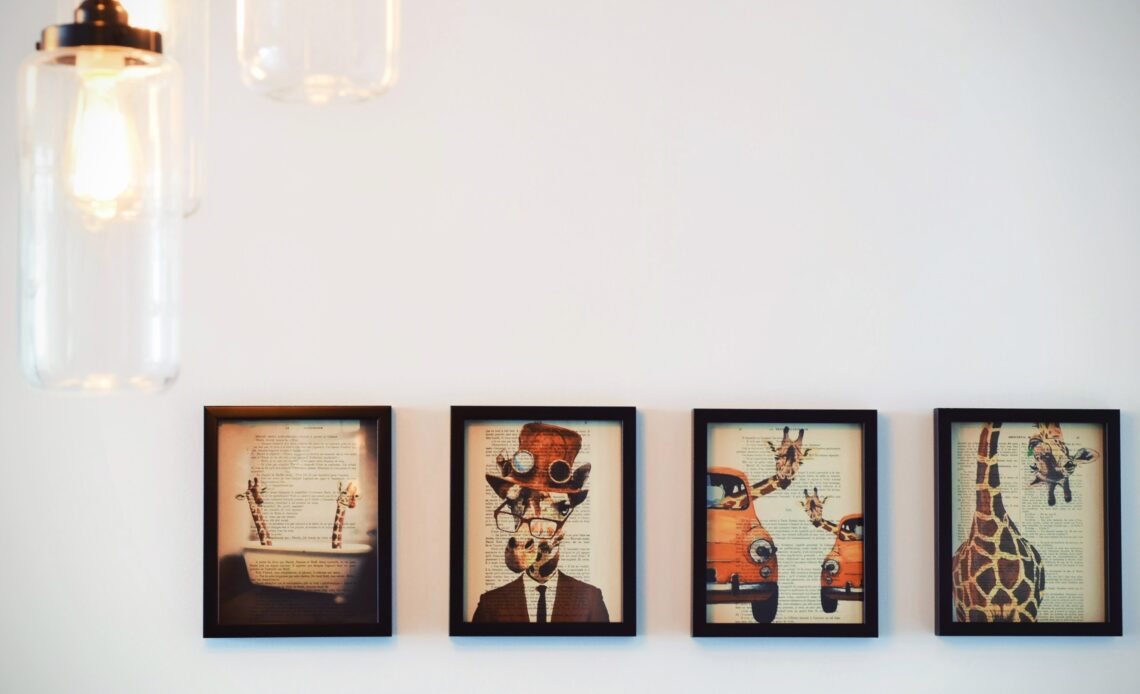Deciding to collect art can be quite a daunting plan but it’s likely to be rewarding, too. The question of where to start is usually a sticky one. The art world has a reputation for being closed off and for functioning like a member’s club, but it doesn’t have to be if you know how and where to start. An art advisor shares her insights Embarking on an art collecting journey is possibly one of life’s most enriching experiences. It’s about surrounding ourselves with objects that are beautiful or that have meaning, but also that speak to who we are. The French Baudrillard wrote: “For what you really collect is always yourself”, and I believe this couldn’t be truer. The advice I always give collectors is to start with defining a focus for their art.
It really is quite simple. It could be a region, a period, a medium. It could be as broad as contemporary African art or as narrow as 21st century South African photography. There is much out there to sift through so a focus narrows the search. It also makes the collection more interesting as it gives it a narrative that ties it together. It becomes an affirmation, a reflection of our tastes and interests. As such, a collection is likely to develop and morph over time. This is why collectors often adjust theirs as they go and dispose of pieces when they no longer connect with them.
It’s useful to say there’s no need to be wealthy to collect. There is art for every pocket and it’s possible to start with limited funds. There are artists who are debuting and whose pricing is still low. There are mediums that are more affordable than others. For instance, limited edition prints are artworks by the hand of an artist but reproduced in a fixed number (it could be 10, 20 or more). They are printed by a master printer and the artist is often involved. But because they are not unique, they are cheaper.
Inaccessibility and price opacity are likely to deter the aspiring collector. The art world can be quite intimidating. It’s worth teaming up with an art adviser to diffuse this. A reputable advisor is not a dealer and doesn’t sell art. As an advisor myself, my role is to enhance my clients’ collecting journey by understanding and helping them refine their personal tastes, giving them access and guiding them through the art market, doing the groundwork in the search for great pieces, and last but not least, conducting thorough due diligence and price analysis. In a nutshell, art dealers are there to sell art, while advisors protect their clients’ investments and ensure they buy well. There’s a lot of talk about art as an investment, but it’s often misconstrued.
Investing in art is not buying artworks to flip them for a profit. It’s simply ensuring the price is right and artworks are properly looked after. When buying a car, irrespective of its price, insurance and service are a no-brainer and in the event of a resale, book values provide guidance. The same goes with art and it’s important to do the right thing for its future value. It’s difficult, however, to quantify returns as there are many variables. But as an indication, the SA Wealth Report stated that South African art increased 28% between 2009 and 2019. That’s rather significant. Art is about looking. To get in touch with our personal tastes and develop them further, it’s important to view a lot of art. Art fairs are a good place to start. In the wake of Covid-19, most art fairs have moved online and become easy to access. Locally, Art Joburg, the Cape Town Art Fair and Turbine Art Fair are good bets. There is also a number of online platforms that carry good selections. Latitudes (www.latitudes.online) presents works by emerging African artists among more established ones. It’s possible to search by artists, mediums or exhibitors. Latitudes has been championing the work of many young artists such as DRCborn Cinthia Sifa Mulanga, currently living in Johannesburg. Cinthia’s work uses a variety of mediums, such as acrylic with oil paint, charcoal, ink and collage, and explores beauty constructs and their psychological and physical impact on African women. Definitely an artist to watch.
Instagram has also grown into a channel to discover artists. Many artists post their work, and some sell them off the platform, too. An artist to follow is South African Keneilwe Mokoena (@ke_neil_we) who uses Instagram as a marketplace for her intricate and meticulously constructed collages, which depict the finer details of the natural world. There’s nothing like viewing artworks physically. Artist studios, such as August House in Johannesburg, hold open days which are fun and a good place to meet artists. Established and younger galleries stage group and solo shows that should not be missed. Don’t hesitate to engage with the staff who are usually knowledgeable and can give more context to the artworks on show.
TEXT BY: Alexia Walker


